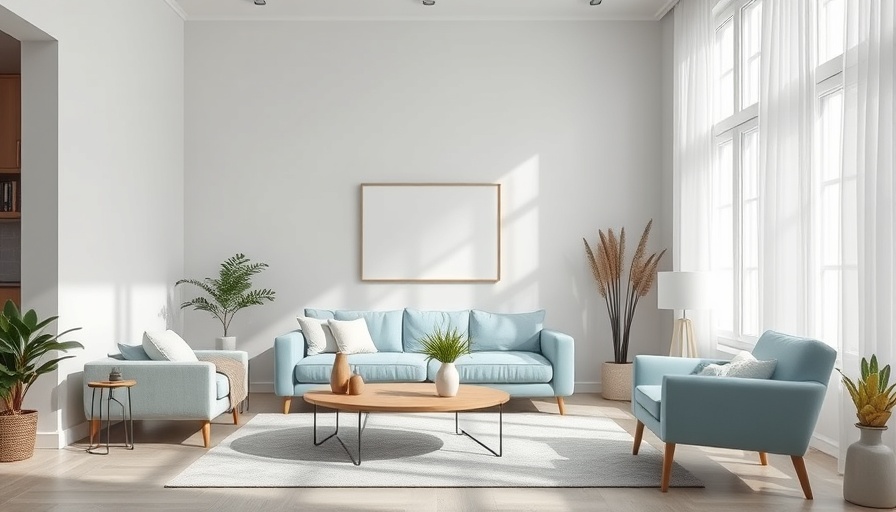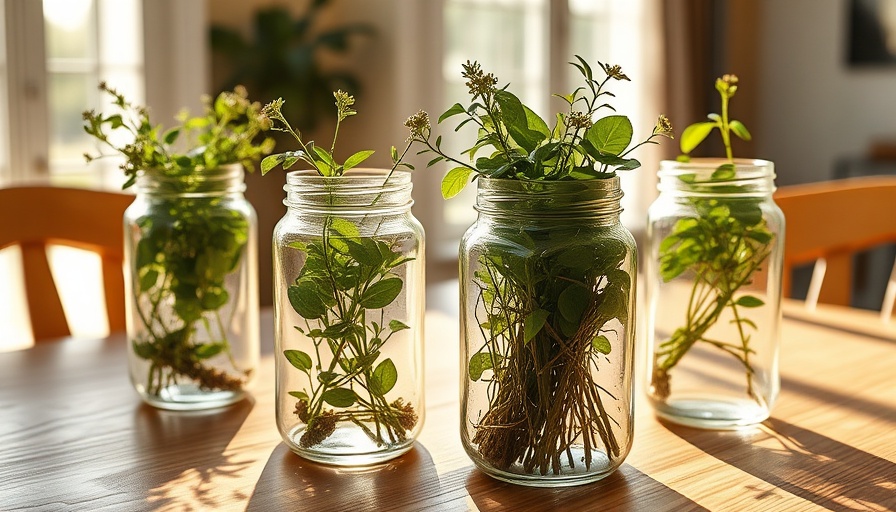
Understanding Your Clutter Threshold: A Personal Journey
Is your home feeling overwhelming and heavy? It's possible that you haven't yet explored your personal clutter threshold. This concept, which varies from person to person, refers to the amount of clutter you can manage comfortably without feeling stressed or burdened. In this article, we'll delve into what clutter threshold means, how it affects our well-being, and practical steps to create a more harmonious space.
What Is the Clutter Threshold?
Your clutter threshold represents your individual capacity to handle belongings without feeling overwhelmed. For example, some people thrive in spaces filled with vibrant collections, like a child who adores their stuffed toys and décor, while others may feel suffocated by similar amounts of stuff. It is crucial to recognize that this threshold is not universally defined; it is as unique as the individual and can fluctuate based on circumstances and stages of life.
Why Does Knowing Your Clutter Threshold Matter?
Understanding your clutter threshold significantly impacts your mental and emotional health. Studies have shown that excessive clutter can lead to heightened stress levels, impaired focus, and decreased productivity. Conversely, creating an environment that aligns with your comfort level can lead to a sense of peace and well-being. Reflecting on what clutter means to you allows for greater self-awareness and can improve your living environment dramatically.
Creating a Balance: The Art of Decluttering
People often fear decluttering because they worry they may rid themselves of items they cherish. However, achieving a balance is key. Start by assessing what truly adds value to your life. Ask yourself:
- Does this item bring me joy or serve a purpose?
- How often do I use this item?
- Does it contribute to my happiness?
Practical Tips to Embrace Clutter Management
1. **Set Boundaries**: Define specific areas in your home for different categories of items. For example, books should have a designated shelf, while toys can be confined to a playroom. This helps visually manage clutter and instills a sense of order. 2. **Regularly Assess Your Space**: Create a routine to evaluate your belongings. Consider a seasonal review where you assess what’s been added or accumulated, ensuring your home doesn’t veer into chaos. 3. **Involve the Family**: Encourage your family members to also reflect on their clutter thresholds. Engage children in the decluttering process to teach them the significance of managing their own spaces. This instills a sense of responsibility at an early age.
Future Insights: Clutter Management Trends
As society increasingly understands the importance of mental health, clutter management is becoming a central topic in conversations about well-being. More experts are promoting minimalist lifestyles, focusing on the mental benefits of decluttering. In the future, we can expect innovations in storage solutions and organizational products tailored to help individuals maintain their unique clutter thresholds.
Conclusion: Embrace Your Unique Path to Minimalism
Ultimately, discovering your clutter threshold is a deeply personal journey that can lead to profound changes in your life. A clutter-free space fosters not just physical clarity but mental peace as well. If you find that your home is feeling burdensome, it may be an excellent time to reevaluate your relationship with your belongings.
If you're ready to embark on your decluttering journey and cultivate a more fulfilling lifestyle, start with small steps today—because every little bit counts.
 Add Row
Add Row  Add
Add 




Write A Comment